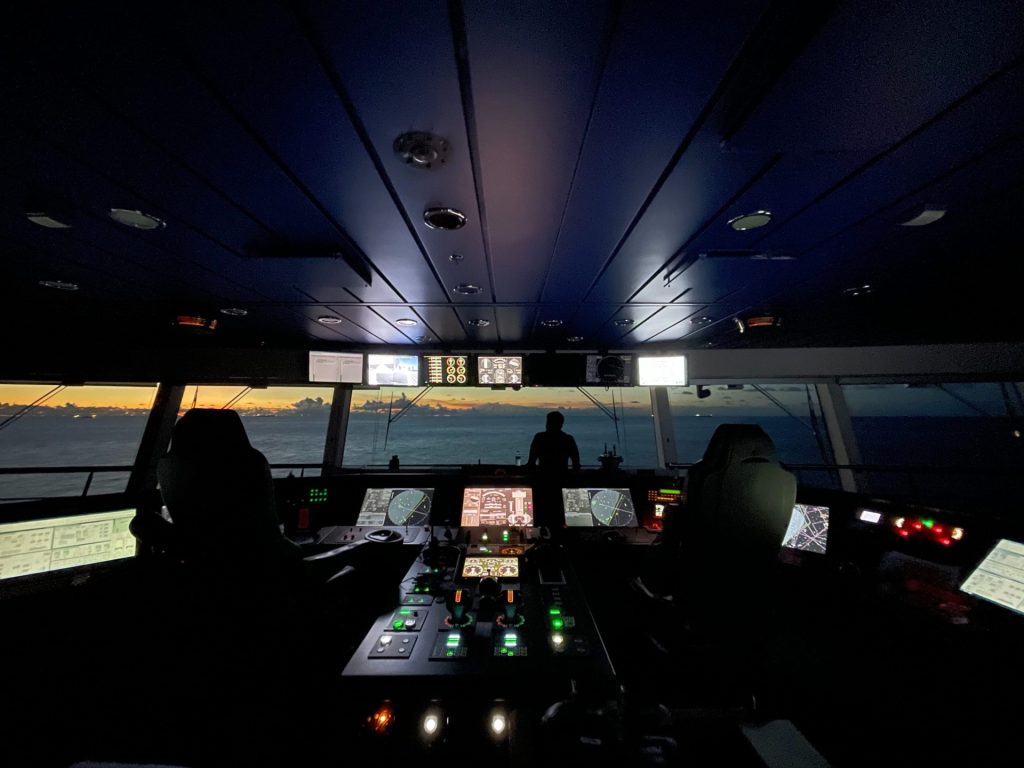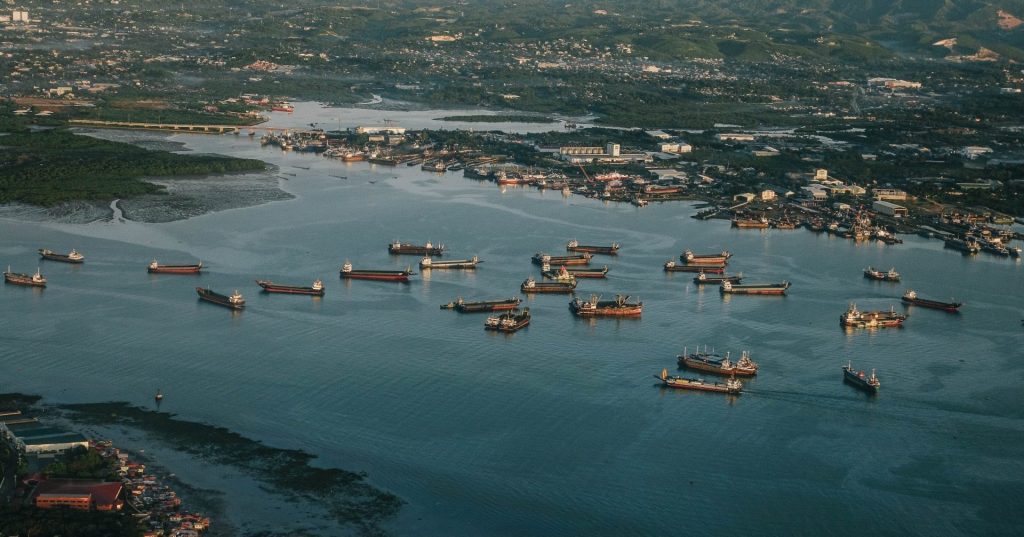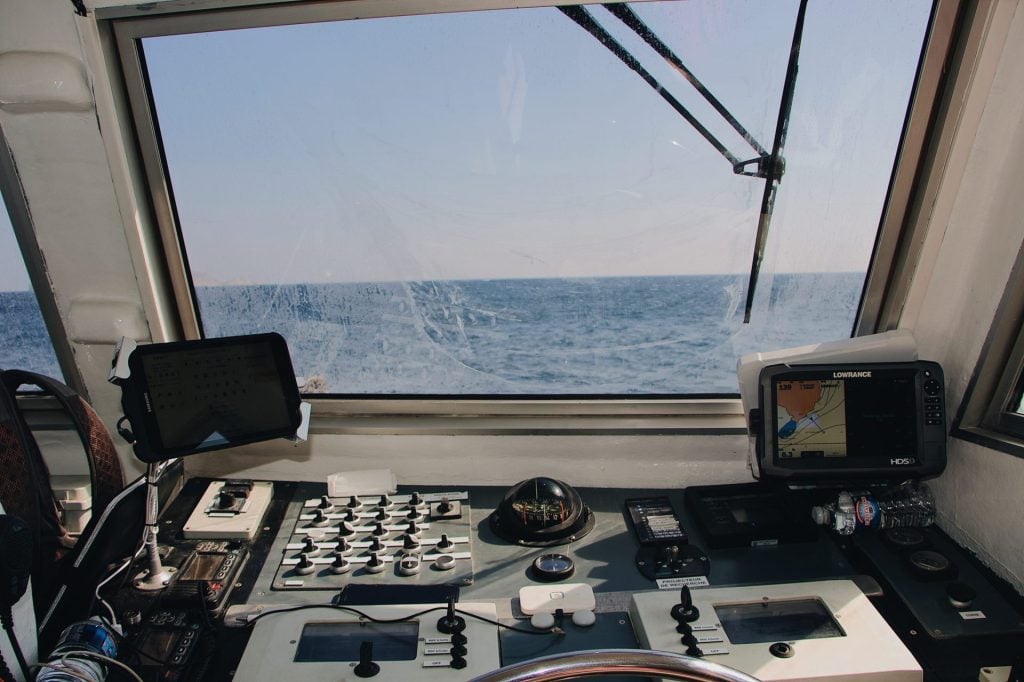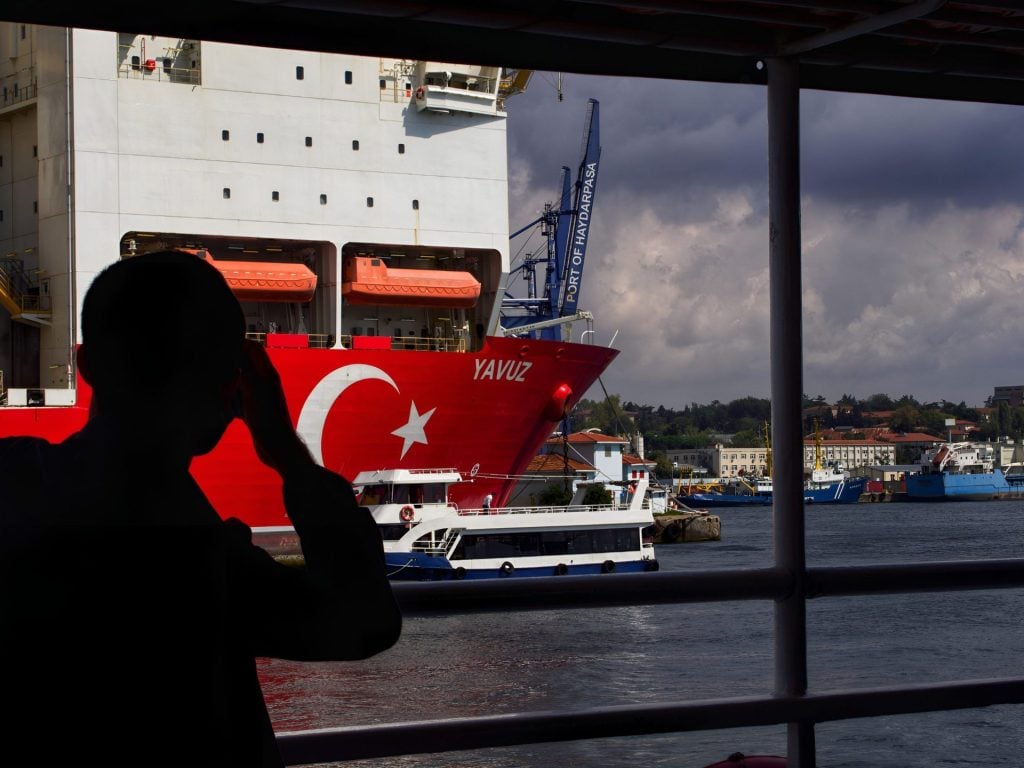BLOGS
How To Avoid Sea Vessel Collision
“Every sailor should know that it is his or her job to keep accidents from happening at sea.”
There is something to look forward to when the weather becomes hot and humid, a fun vacation to the beach and a beautiful staycation at one of the properties in Brittany Boracay. But before you travel, let us go over everything you need to know to hit the open seas with confidence and preparedness, from the basic regulations to advanced tactics.
Welcome aboard as we go through the vast sea of information, teaching you the fundamental skills and safety measures you’ll need to stay out of trouble. Safety at sea is of the utmost importance, whether you’re a seasoned sailor or just a nautical enthusiast.
Safe and enjoyable travels, with minimal risk to people and property, can be achieved via familiarity with the principles of collision avoidance.
What is COLREG – Preventing collisions at sea
The International Maritime Organization (IMO) created the International Regulations for Preventing Collisions at Sea, or COLREG, to ensure safe navigation and reduce the likelihood of accidents at sea.
These rules outline proper procedures for using navigational aids, including lights and sirens, as well as for giving way to other vehicles and avoiding accidents.
Mariner uniformity and accountability while interacting with other boats at sea are facilitated by adherence to the COLREGs.
In order to avoid mishaps and ensure the safety of boats, crew members, and the maritime environment, familiarity with these rules is crucial for maintaining situational awareness, communicating effectively, and making well-informed choices.

The main cause of ship collisions
Human mistake, which may include many different things, is usually to blame for ship crashes. Several factors, including a lack of vigilance, incorrect estimation of the speed or distance of other boats, poor navigation or route planning, and the ignoring or misinterpretation of navigation laws such as the COLREGs, may cause of a collision.
External circumstances like poor visibility or unforeseen risks might also play a role, as can problems with communication or equipment. To avoid a collision at sea, sailors must emphasize training, situational awareness, clear communication, and compliance with rules.
COLREGS: is the IMO convention still fit for purpose?
As a maritime country, the Philippines is required to adhere to the collision regulations at sea (COLREGs). The convention’s fitness for purpose in the Philippines would rely on variables such as how well it is implemented, how well the country deals with any unique obstacles, and how well it follows IMO’s revisions and changes. If you want to know how the COLREGs are doing in the Philippines now, you should check with the maritime authorities or other relevant regulatory entities.
Key rules and principles for safe navigation
- An important guideline is the need for constant vigilance. A ship’s crew has an obligation to keep constant vigilance, utilizing all methods at their disposal to keep track of any dangers. This may be done with the use of sight, radar, and other instruments.
- One of the most important rules is to always travel at a safe pace. To prevent collisions, ships must move at a rate that gives them time to react. Visibility, traffic density, and the vessel’s mobility are just a few of the aspects that should be taken into account while determining the appropriate speed.
- It is imperative that all seafarers take the necessary precautions to prevent accidents. To do so, one must fully grasp right-of-way regulations, the COLREGs, and the appropriate procedures for handling probable collisions. To avoid danger, ships need to respond quickly and decisively.
- Reduced visibility calls for heightened vigilance when navigating. When traveling in low-visibility circumstances like fog, heavy rain, or snow, ships must slow down, sound the proper fog signals, and take additional precautions to avoid accidents. In such conditions, the use of navigational aids like radar and AIS is very crucial.
Preparation for safe navigation
Making sure you’re ready to go before you set sail is essential. Sailors may reduce their exposure to danger and increase efficiency by carefully planning their journeys. This entails thinking about things like the route you want to take, the weather forecast, and any obstacles you could face. Having a clear strategy in place helps sailors prepare for potential problems and make sound choices when they encounter them.

If you’re going on a trip, you should definitely check the weather and the sea levels beforehand. Weather reports and an analysis of the sea state are two of the key factors mariners use to evaluate whether or not it is safe to set sail. The ability to anticipate and, if required, adapt to potentially hazardous weather situations is greatly enhanced by this data.
If you want to go there safely, you need to make sure your ship is seaworthy and well-maintained. The safety of the ship and its crew may be ensured by regular inspections, maintenance, and adherence to the regulations set out by the classification organization.
A crucial part of getting ready is equipping the ship with the necessary navigation and safety instruments. Having modern charts and publications, functional navigational aids like GPS and radar, and reliable means of communication, such as VHF radio, are all essential. It is also important to have fire extinguishers, life rafts, and life jackets on hand in case of an emergency.
Importance of maintaining constant vigilance
Keeping a sharp eye out at all times is crucial for safe water travel. Constant vigilance and awareness of one’s surroundings and of any possible dangers or threats are required by seafarers. You may take preventative measures in good time by looking for potential hazards, such as other ships, snarls in the water, or a shift in the weather. Maintaining situational awareness, making sound judgments, and taking preventative action are ways watchful seafarers may guarantee the safety of their vessel, crew, and passengers. Reducing the likelihood of mishaps and increasing the prevalence of safe navigational procedures is crucial. Therefore, it’s an essential part of becoming a good sailor.
Utilizing all available resources for gathering information
For successful navigation, it is crucial to make use of all accessible information sources. Navigators can see possible hazards or other ships in their immediate vicinity, allowing them to make more informed decisions.
Even in poor visibility, radar and AIS monitoring may be invaluable technical assistance, providing real-time information on the locations and movements of neighboring boats. Navigational and safety-related information, such as intended course, passing arrangements, and emergency circumstances, may be sent between ships by radio.
Mariner safety may be increased, accidents avoided, and navigation made more efficient with the combined use of optical observation, radar, AIS tracking, and radio communication.
How to take preventive measures
- Adhere to right-of-way rules and understand vessel responsibilities.
- Maintain a safe and appropriate speed based on the prevailing conditions.
- Use sound signals and horn blasts to alert other vessels when necessary.
- Navigate with caution in congested areas, such as harbors or busy shipping lanes.
- React promptly to the presence of other vessels and adjust course or speed as needed to avoid potential head-on collisions. These preventive measures help mariners minimize the risk of accidents and maintain a safe distance from other vessels while navigating at sea.
Effective communication
In order to cooperate with other ships and transmit essential information, seafarers must be able to communicate effectively. Avoiding misconceptions and increasing situational awareness both benefit from effective and clear communication. Bridge-to-bridge VHF radio communication facilitates rapid and direct interaction between ships. To identify the safest and most efficient route, seamen might coordinate with other boats and set up passing agreements. Constant conversation and contact with neighboring boats are required in high-traffic regions to provide smooth and coordinated movements and avoid collisions by exchanging information on intents, routes, and any possible risks. When two ships engage, everyone benefits when they communicate clearly and openly.

Emergency Response
Collisions may be avoided if prompt action is taken during emergencies. In order to avoid obstacles or other ships, you may need to make course corrections, slow down, or perform evasive maneuvers.
In times of crisis, man-overboard and rescue operations are of the utmost importance. Search and rescue operations, including the use of any necessary lifesaving equipment, should be initiated immediately and coordinated so that the ship and its occupants may stay safe while the victim is brought to shore.
To inform adjacent boats and maritime authorities, it is crucial to use distress signals and make emergency calls. Flares and SOS signals are examples of distress signals that may get someone’s notice and get them to help fast. Communicating the severity of the issue and the need for assistance is facilitated by the use of emergency communication gear such as VHF radios and satellite communication systems.
In dangerous situations, asking for help from ships and maritime authorities nearby is essential. If you need help finding the nearest rescue coordination center or marine source, calling them will guarantee that everyone is working together. Aside from calling for help, it’s also important to let surrounding ships know what’s going on so they may help out in any way they can (such as by giving medical aid, standing by, or doing whatever else is needed until help comes).
To respond quickly and efficiently to crises in a way that minimizes risks and optimizes the likelihood of a positive result, it is crucial to adhere to established emergency response procedures, place a premium on the safety of all persons involved, and have open lines of communication.
Continuous Training and Education
A. Crew members must get consistent training to know the most recent rules, best practices, and technology developments. It improves their abilities, so they can better handle crises and make good choices at sea.
B. Training in specialist areas, including navigation, safety procedures, emergency response, and communication, may be attained by participation in appropriate courses and certifications. Courses like this provide crew members with confidence that they have the knowledge and training to do their jobs properly and safely.
C. To better prepare for and practice emergency situations, regular drills, and exercises are crucial. Crew members may prepare for crises or difficult circumstances that may develop during a journey by practicing their reaction, coordination, and communication abilities in simulated settings.
D. It is crucial to foster a culture of safety among mariners. Creating a culture of safety means emphasizing open communication and a commitment to constant improvement. The marine community can improve safety procedures and contribute to the sector as a whole by sharing information, experiences, and lessons gained.
To ensure that personnel is prepared, boats are managed responsibly, and the risks of accidents and collisions at sea are reduced, the maritime sector must emphasize continual training, continuing education, frequent exercises, and a safety culture.

Conclusion
Ultimately, seafarers must prioritize safe sailing above everything else. Following best practices can greatly lessen the likelihood of accidents at sea and protect mariners, ships, and the marine ecosystem.
The importance of keeping a sharp eye out, obeying right-of-way regulations, using available resources for intelligence collection, and exchanging clear, concise messages with other boats has been hammered home throughout this piece. Safe navigation requires these methods, extensive planning, regular training, and a focus on risk management at all times.
We hope that all seafarers will take these suggestions to heart and use safe navigational techniques in all their endeavors. If we all do our part, we can make the oceans a better place for everyone.
Every sailor should remember that avoiding accidents at sea is his or her duty. We have a responsibility to be aware of and follow all maritime laws and regulations at all times. To ensure the well-being of our ship, our crew, and the maritime industry as a whole, we are committed to safe and responsible navigation at all times.
Last but not least, let us always prioritize safety, navigate with due care, and constantly work to better ourselves. We can make the waters a far more secure and safe place for mariners if we work together.
Suggested Read: Why You Should Move To Boracay In The Philippines
Suggested Read: Boracay Activities And Entertainment For Everyone
Suggested Read: Investing In Luxury Real Estate: Summer Edition
Suggested Read: Health Benefits: House Near The Beach
Suggested Read: Luxury Cruises This Holiday Season
















